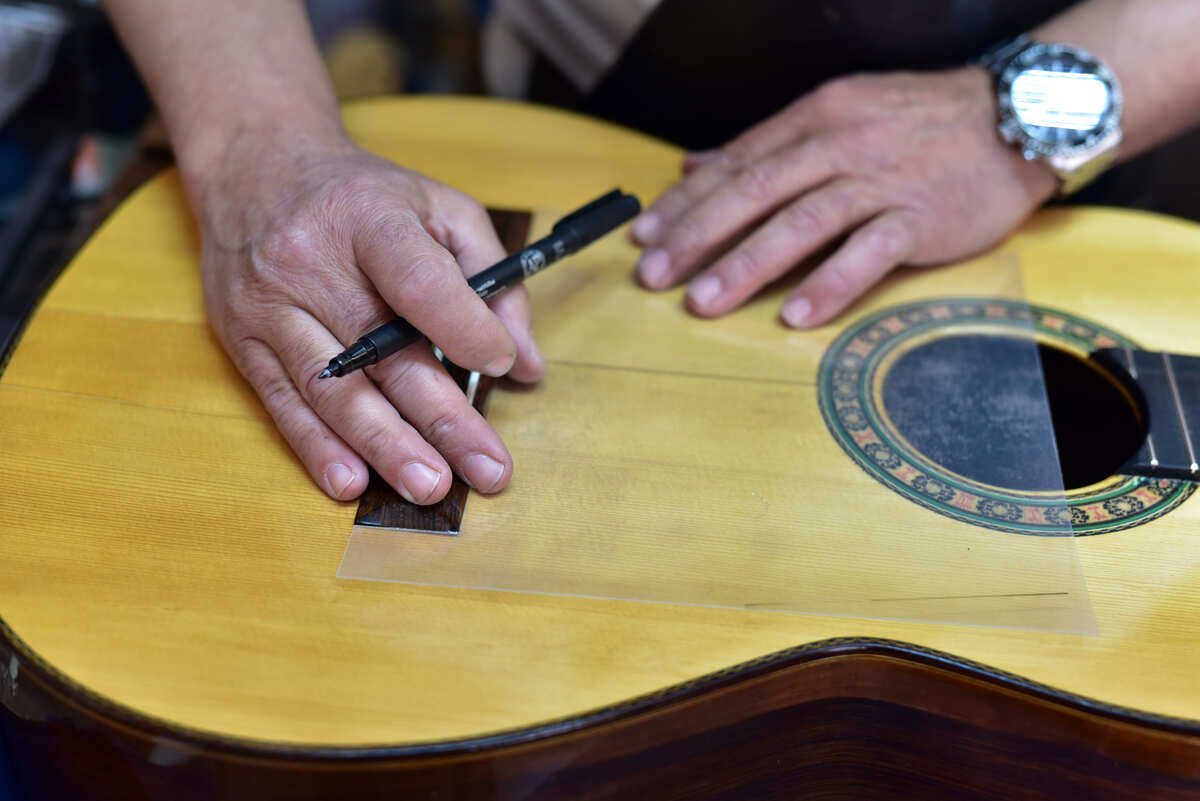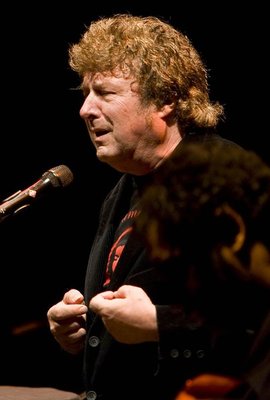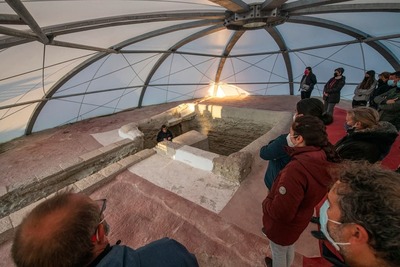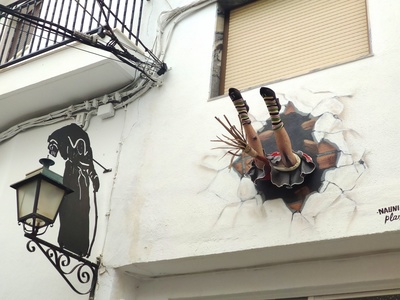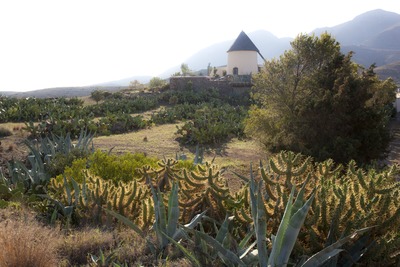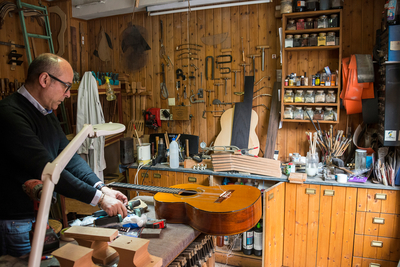Granada of the hundred handicrafts
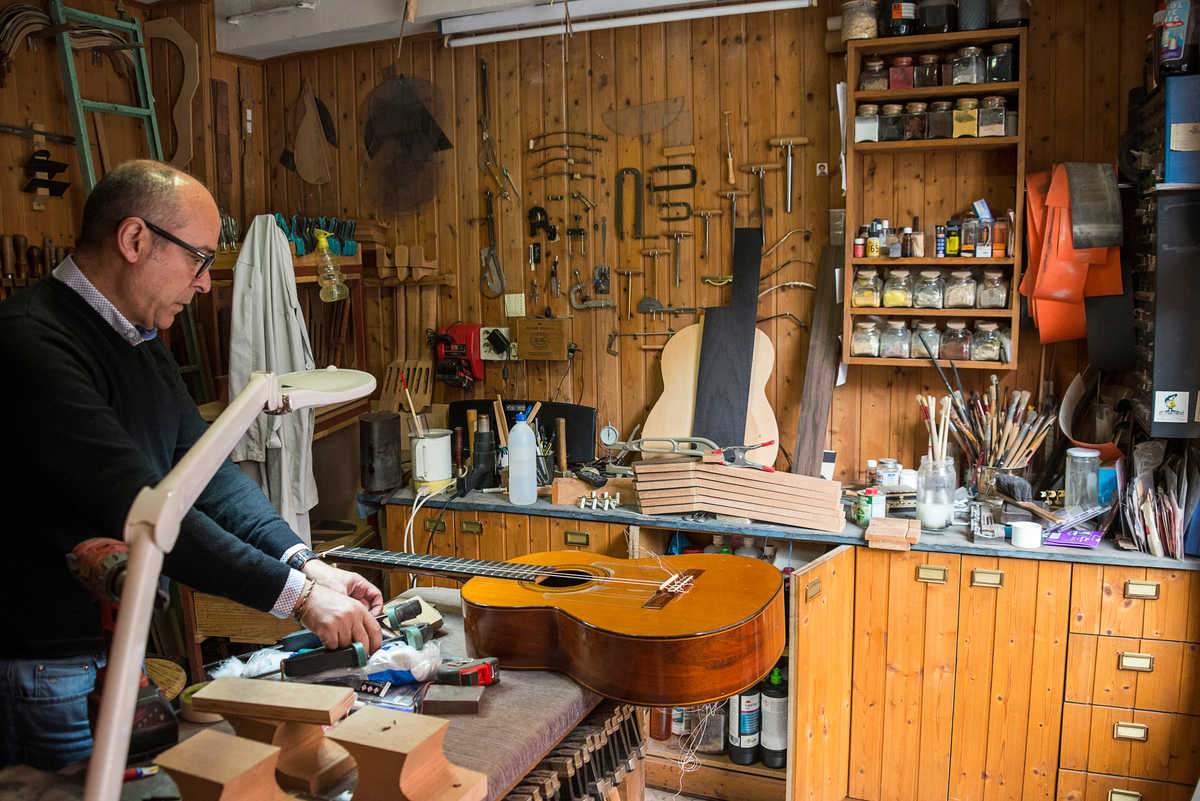
The soul of the civilisations that have forged this city beats strongly in Granada's extraordinary craftsmanship. The Nasrid culture left a living craft in Granada, marquetry, which consists of making inlaid wooden mosaics that are still for sale in the old commercial neighbourhood, the Alcaicería. Without forgetting the "Fajalauza", a pottery and tile workshop of Moorish origin and whose prominent colours are green and blue, the renowned luthiers and image makers for Easter.
Fajalauza ceramics are also embellished using cuerda seca or "false relief" and metallic reflection techniques. This ceramic art form is of Andalusian origin, and is complemented by popular pottery. These pieces responded to ways of life in rural society that led to production for decorative purposes, a trend that is still prevalent in this craft sector.
In the Granada district of Alcaicería you will find a considerable amount of marquetry, a craft introduced into Spain by the Moors over a thousand years ago. This is especially fine marquetry which combines the colours of the woods, inlays using other materials and metals, all of which produces a brilliantly detailed aesthetic. The artisans have often been inspired by the geometric drawings in the Alhambra, whose influence never ceases.
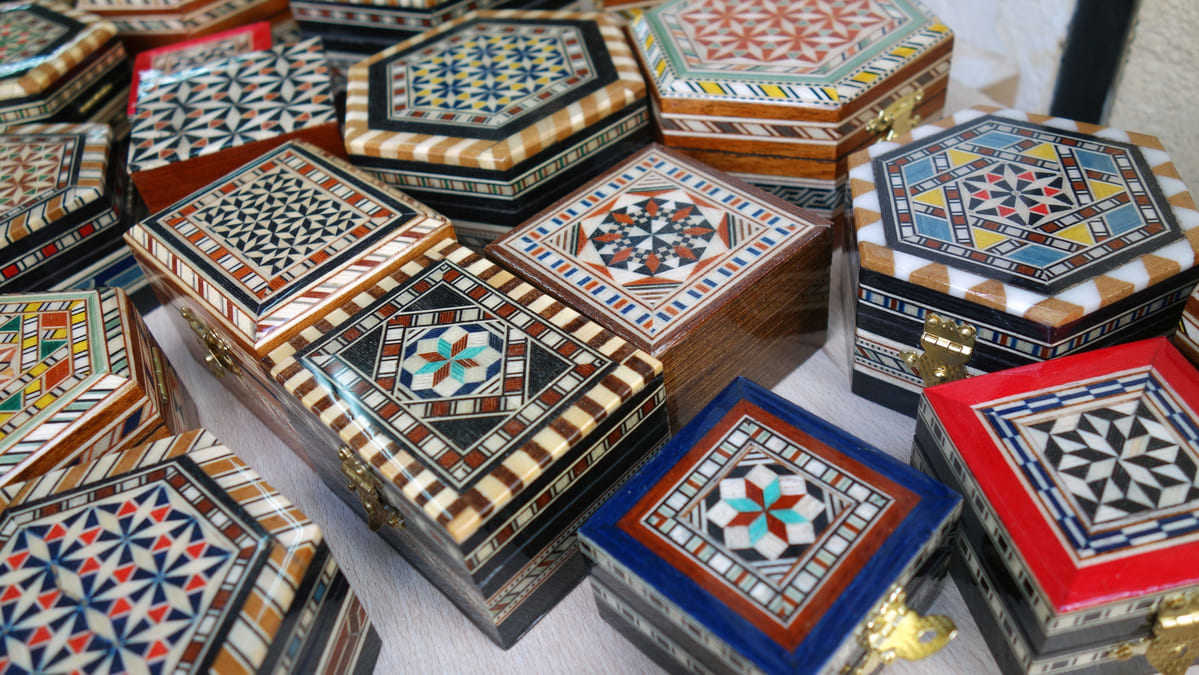
The sound of metal still resounds in the Albaicín and in the Sacromonte. The blacksmiths and boilermakers of today are young people who have recovered this craft. Copper, turned into brass, is forged to create not only traditional forms like cauldrons, braziers and smoking chambers but also umbrella stands, lamps and furniture.
Leather from Granada acquired fame with the incorporation of polychromatic embossed leather, used to create "guadamecil" or leather wallpaper. This is a highly skilled manual craft that requires excellent taste when it comes to drawing and embossing the designed motifs onto the leather, these may be figurative, geometrical or decorative. Production adheres to classical lines to produce chessboards, chests, triptychs and writing desks.
The luthiers are one of the most renowned groups of craftworkers, and their instruments are requested by people all over the world. There is evidence that instruments were already being made in the city in the 12th century, which is reason enough for today's connoisseur to look for the masters of the six strings in Granada and the province, as is the case of Daniel Gil de Avalle, who is considered to be one of the best in this long line of tradition.
